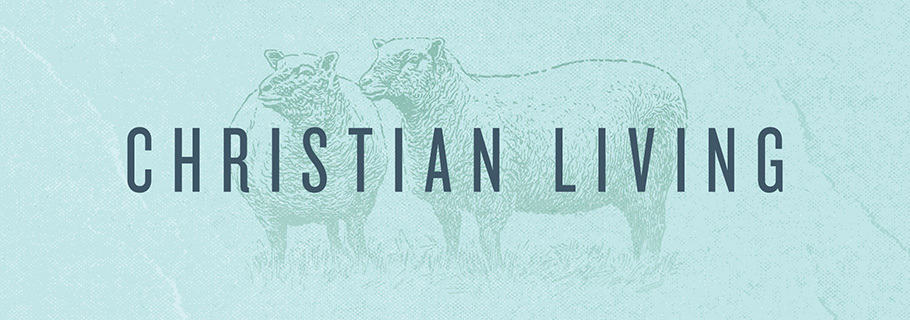As you know, I’m hard at work on a book titled The Next Story: Life and Faith After the Digital Explosion. It is a book about Christian living in a digital, technological world. My deadline to hand in the manuscript is September 1 and it looks like I’m on track to hit that date.
A couple of days ago someone asked me “What’s the single biggest thing you’ve learned about technology in your studies?” That required a little bit of thought and I was kind of surprised to conclude that it’s actually something that ought to be really obvious. Yet when I understood this one simple thing, it changed the way I think about technology and the way I use it in my own life. It’s this: every technology brings with it both risk and opportunity. And this is particularly true, or particularly noticeable, when we think about intellectual technologies, those that in some way increase or supplement our mental abilities (which is pretty much what our digital technologies do). It’s obvious, right? But keeping it in mind makes all the difference.
Whether a technology introduces something radical and revolutionary or whether it simply provides a new solution to an old problem, this one thing remains true: every technology brings with it both risk and opportunity; every technology solves some problems while also introducing new ones, it opens up new opportunities even while imposing some new kinds of limitation.
Sometimes a technology can be used in two distinctly different ways and in such cases the risk and opportunity may be clear—nuclear fission powers our homes through nuclear power plants and threatens to destroy our homes through nuclear bombs. But other times a technology brings both good and bad effects at the same time and through the same use—the television brought the world into our homes which allowed important news to spread faster than ever before and allowed families to share the experience of entertainment together. But while it did these things, it advanced and fostered the understanding of news as entertainment and it added a great deal of noise and distraction to our lives; it became the dominant media in our culture. In either of these cases, technical innovation simply introduced new ways of doing old things (generating power and killing people for nuclear fission and connecting and entertaining them with the television). And in either case, innovation came with both benefit and cost.
Coupled with this truth, that every technology carries with it risk and opportunity, is a related one: we are prone to believe that new technologies offer us only good things. We find ourselves naturally drawn to the benefits but we rarely pause to consider the risks. Advertisers lure us in with a long list of benefits and claims of better lives, but they only tell us half the story. We fall into this trap for the simple reason that a technology tends to wear its benefits on its sleeve while its drawbacks are buried deep within. The opportunities show themselves immediately while the risks appear only under close scrutiny and through the slow march of time. The automobile has allowed our cities to grow, has allowed us to see the world and has allowed us to live more mobile lives. And yet the same automobile has changed family structures, has led to hour-long commutes and has left many cities choked with pollution. With the benefits there have been costs and the benefit has been far easier to see than such cost. The drawbacks have become evident only over a period of years and decades.
Watch or read an advertisement for medication and you will know that government regulations mandate that you are not told only of its benefits but that you are also warned of potential risks. You know the ads; after showing how a little pill will dramatically improve your life, you hear a fast-spoken warning about how it may have certain inconvenient and unexpected side effects—nausea, shortness of breath, dizziness and death. But our technologies offer no such warnings. The cell phone promised instant connectivity, clear signals and a measure of safety during travel, but it gave no warning about disrupting family life, about ringing at inopportune moments, about growing obsolete long before its contract was complete and, if the rumors are right, increasing the incidence of brain tumors. The Internet promised families access to a world of knowledge, it promised unparalleled communication, but the cost of addiction, of pornography, of cyber-bullying was all much more difficult to see.
And so it is with every new technology. They bring us benefits and ones that we would not want to live without. But such opportunity, clear to us from the beginning, cleverly marketed to us, is always far easier to see than the inevitable cost.
This simple truth has made quite a difference as I’ve thought about technology and as I’ve considered adding new technologies to my life and home. What I do now that I did not do with consistency in the past is examine my technologies to try to understand what risks lie buried beneath all of those obvious benefits. The manufacturer is clear to list those benefits on the packaging and in the advertising. But I have to look harder and deeper in order to find the risk. But seeing and understanding that risk has kept me from spending money and from buying things that would otherwise disrupt instead of assist.
It’s a simple truth, admittedly, but one that has helped me a lot and given me a grid through which to think in a discerning way about technology. Pause to think about your own life, and I’m sure you’ll come up with many examples of how a new device, gadget or gizmo promised all kinds of opportunity but revealed the risk and the drawbacks only after time and perhaps only after it was already too late.










